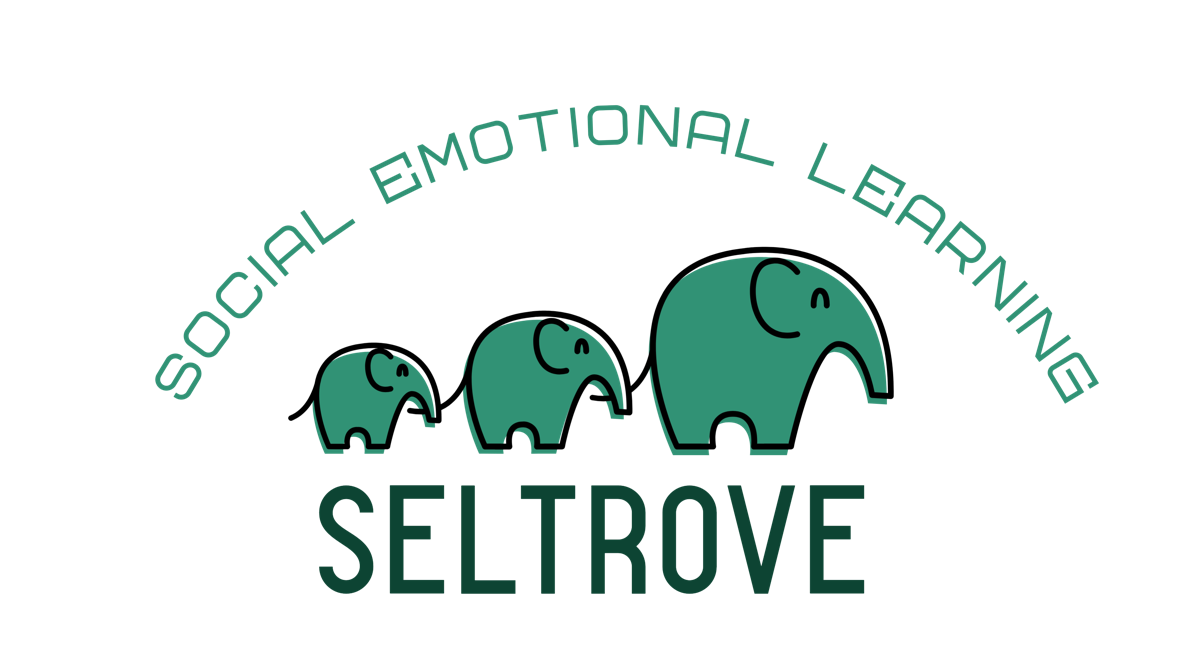
Creative Confidence: Using AI to Encourage Expression and Emotional Storytelling
Storytelling is at the heart of human connection—and a powerful tool for developing social-emotional learning (SEL). Through writing, art, and multimedia projects, students process emotions, explore identity, and build empathy. Yet many learners struggle to express themselves confidently, facing barriers such as language challenges, perfectionism, or fear of judgment.
Enter AI-powered creative tools. Generative AI platforms—like ChatGPT, DALL·E, and Storybird—are opening new pathways for students to experiment with expression and emotional storytelling, sparking creative confidence that can ripple across all areas of learning.
In this article, we explore how AI and student creativity can work together to deepen SEL, the benefits and pitfalls of using AI for emotional expression, and strategies to ensure these tools empower rather than overshadow student voice.
Why Creativity Matters in SEL
According to CASEL, creativity and self-expression support key SEL competencies:
Self-awareness: Reflecting on feelings and experiences,
Social awareness: Exploring diverse perspectives,
Relationship skills: Sharing stories and collaborating with peers,
Responsible decision-making: Using creative projects to solve problems or advocate for causes.
Creative storytelling helps students process complex emotions, develop empathy, and strengthen their sense of identity.
How AI Supports Creative Expression
Generative AI tools offer students:
Story starters and writing prompts,
Visual creation (e.g., AI-generated illustrations or comics),
Music and poetry assistance,
Dialogue generation for plays or role-plays.
For example:
A student writing about bullying can use AI to generate dialogue prompts to help develop empathy for both the victim and the bystander.
ELL students can collaborate with AI to translate their personal stories into multiple languages, sharing their experiences with the class.
Platforms like Storybird, Canva’s AI tools, and custom GPT chatbots provide scaffolds that lower the barriers to creative risk-taking.
Benefits: How AI Enhances Creative Confidence
✅ 1. Overcoming Creative Blocks
AI offers non-judgmental support when students feel stuck. It provides:
Idea generation,
Sentence starters,
Visual inspiration.
This helps students build momentum and reduces fear of the blank page.
✅ 2. Accessibility and Inclusion
AI helps multilingual, neurodiverse, and differently-abled students express themselves through:
Translation tools,
Text-to-speech and speech-to-text features,
Visual and audio story formats.
This democratizes creativity, ensuring every student’s voice is heard.
✅ 3. Multimodal Storytelling
With AI, students can:
Pair written reflections with AI-generated images,
Create video or podcast scripts,
Build multimedia presentations that bring emotions to life.
✅ 4. Reflection and Growth
AI can prompt students to reflect on their creative process:
“What emotion were you trying to express?”
“How did your story change as you worked on it?”
“What did you learn about yourself through this project?”
This deepens emotional literacy and self-awareness.
Pitfalls and Cautions
🚩 1. Risk of Voice Erosion
If overused, AI tools may overshadow authentic student voice. There’s a danger that polished AI-generated content replaces the raw, personal truth of student expression.
🚩 2. Homogenization of Stories
AI-generated stories or images may reflect common tropes or biases in their training data, limiting originality and cultural nuance.
As noted by UNESCO’s AI in Education guidelines, educators must guard against cultural flattening in AI-generated content (UNESCO, 2021).
🚩 3. Equity of Access
Not all students have equal access to AI-powered tools—raising concerns about digital divides in creative opportunities.
🚩 4. Privacy Concerns
Students sharing personal stories may input sensitive data into AI platforms. Schools must ensure privacy protections and clear guidelines for data use.
Best Practices for Ethical and Effective Use
✅ 1. Frame AI as a Creative Partner, Not Creator
Emphasize that AI is there to support and inspire, but the student’s ideas and voice are the heart of every project.
✅ 2. Prioritize Process Over Product
Celebrate student effort, growth, and reflection—not just polished outputs. Use rubrics that highlight creativity, risk-taking, and emotional depth.
✅ 3. Blend AI With Traditional Methods
Pair AI-assisted storytelling with:
Journaling by hand,
Live storytelling circles,
Collaborative peer feedback sessions.
This balances digital exploration with human connection.
✅ 4. Teach Critical Media Literacy
Guide students to analyze AI outputs critically:
What assumptions or stereotypes might be present?
How does AI's style differ from human expression?
How can we make this work more personal and meaningful?
Classroom Examples and Global Pilots
New York City’s SEL & Arts Integration Program used AI to help multilingual learners create bilingual poetry anthologies, boosting confidence and class participation.
Finland’s Creative Schools Initiative blended AI art tools with peer storytelling workshops, enhancing student empathy and collaboration.
The OECD’s Future of Education report emphasizes that AI can amplify creativity and inclusivity when carefully integrated (OECD, 2023).
Conclusion: Tools for Expression, Not Substitution
Creativity is deeply tied to emotional well-being and personal growth. AI and student creativity can work hand in hand to unlock new avenues of expression, helping students process emotions, explore identity, and share their stories with courage.
But the goal is never to let AI speak for students—it’s to empower students to speak more confidently, authentically, and boldly.
By using AI wisely, educators can foster a culture of creative confidence where every student feels capable of expressing who they are and what they feel—in their own unique, powerful voice.
Want to learn more?
Access classroom-ready turnkey resources for your SEL classroom. Our SEL resources are crafted to be both engaging and interactive, aimed at nurturing empathy, compassion, and well-being among students. With a commitment to creating inclusive and kind classroom environments, our suite of print and digital materials is designed to support educators in this mission
Featured links
-
SEL Print Workbooks
-
SEL Lightspeed Schoolwide
-
SEL K-12 Free Sample Guide
-
District Solutions
-
About us
Teacher Resources
Get in touch
-
516 North Ogden Ave, Suite 111 Chicago, IL 60642
-
andy@seltrove.com
-
312-224-2536